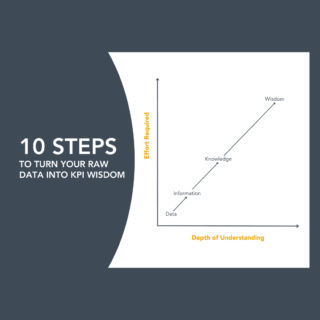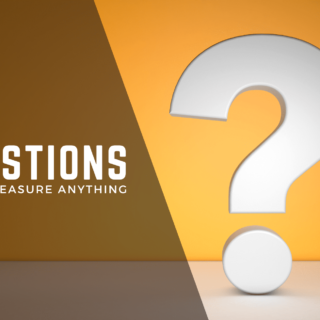The much-respected consultancy, McKinsey, recently published “What matters most? Five Priorities for CEOs in the next normal”. In their fifth priority “Operate with purpose”, the authors drove home the importance of developing and publishing “concrete, achievable and measurable goals” and the need to track “metrics” and to set specific “targets” to demonstrate their commitment.
As a KPI specialist and trainer, I am thankful for McKinsey’s encouragement; however, in my consulting practice, I have found statements like these are far easier to write as advice than for leaders to do in practice. In real life, when it comes to the more intangible goals around purpose and what matters most, I often see executives avoid the time and money investment needed to develop a statistically-sound KPI approach that provides the evidence needed to prove they are in fact improving.
As the McKinsey article alludes to, if having great metrics that prove leaders are delivering on their organization’s purpose can set them apart, why don’t more of them have great metrics?
Is it fear of judgement or lack of patience? Is lack of knowledge or absence of ability? Is it because they don’t believe the value they want to receive from measures will truly be delivered? Is it too many shiny objectives diverting the attention it takes to design great measures?
It does not matter the size, sector, industry or culture of an organization. Leaders almost universally lack the quality and integrity of the data needed to prove they are delivering on their purpose, their most important goals and their change initiatives.
So, why do leaders resist investing in more meaningful measurement?
Do you have some insights that you want to share with us? We would love your answers to these two questions:
- How agreeable or resistant to better measurement is your leadership team?
- What’s your best guess about why they are agreeable or resistant?
PuMP® Creator Stacey Barr has set up a survey for you to share your answers.
Estimated time investment 2-4 minutes.

Then in a few weeks, she will share what we learned from you!
Learning never stops!



